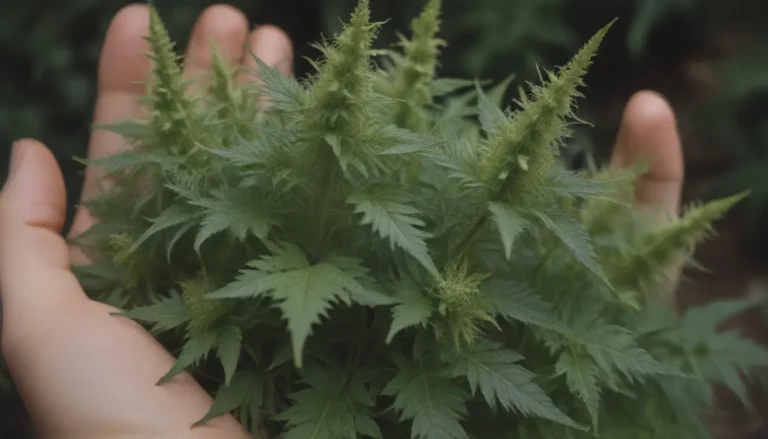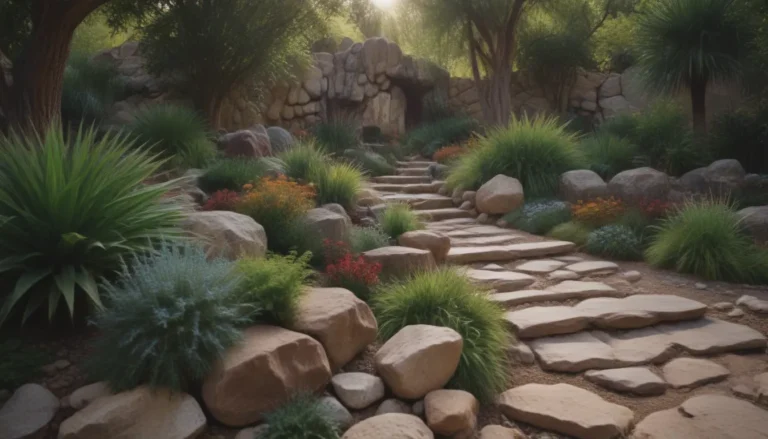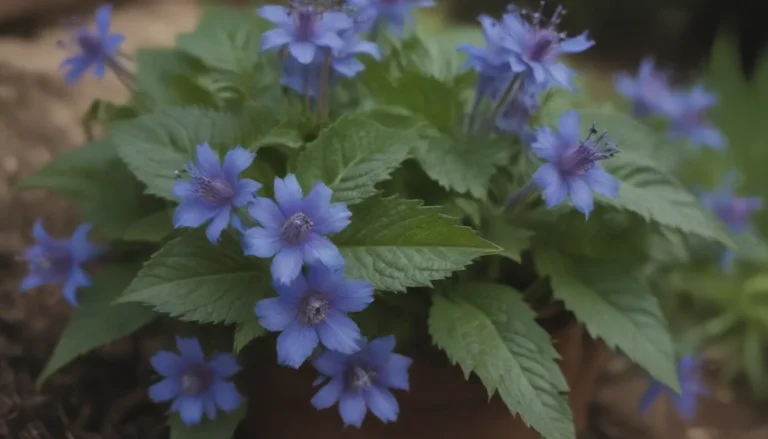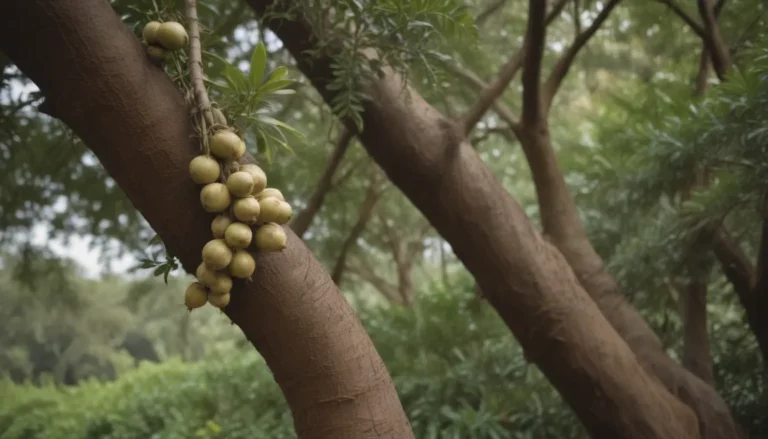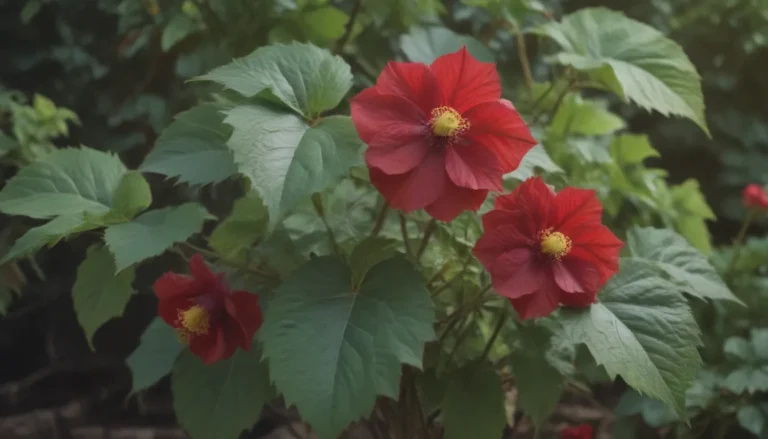Everything You Need to Know about Growing and Caring for Blue Spur Flowers
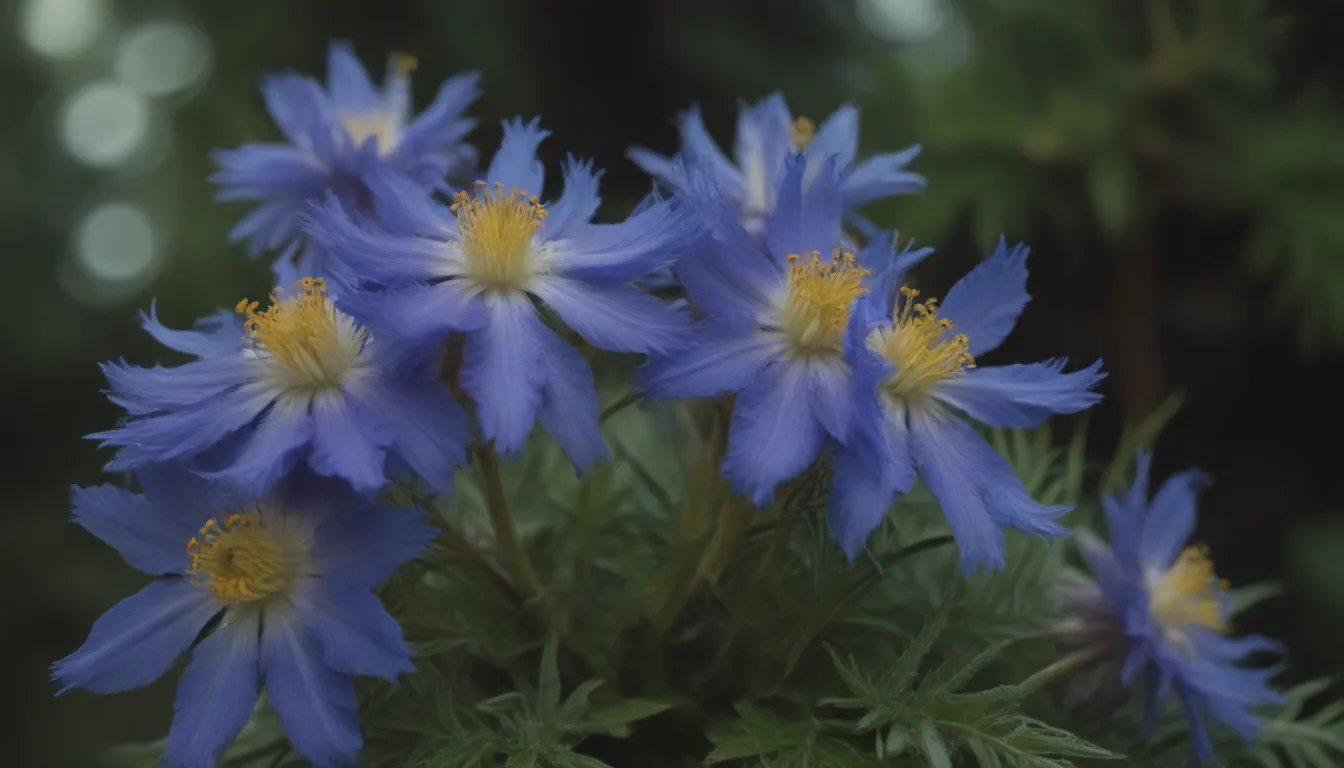
Blue spur flower, also known as Plectranthus barbatus or Coleus barbatus, is a stunning plant with its large, upright bushy structure and beautiful blue-purple flowers. This plant is a perfect addition to garden beds, adding a pop of color and vibrancy to any outdoor space. If you’re looking to grow and care for blue spur flowers, you’ve come to the right place! In this comprehensive guide, we’ll cover everything you need to know about caring for these gorgeous plants.
Blue Spur Flower Care: A Step-by-Step Guide
Though blue spur flowers may seem intimidating due to their vibrant blooms and commanding presence, they are actually quite easy to care for. Here are the key care requirements for blue spur flowers:
Light
- Blue spur flowers can tolerate full sun but prefer partial shade to thrive.
- Mimic their natural habitat by providing filtered light for the healthiest specimens.
- For indoor plants, place them in a bright area with indirect lighting.
Soil
- Blue spur flowers thrive in nutrient-rich soil similar to forest environments.
- Add organic matter or compost to the soil before planting to mimic a fertile environment.
- Ensure good drainage to prevent overwatering issues.
Water
- The Plectranthus genus, to which blue spur flowers belong, are drought-resistant.
- Stick to a regular watering schedule but avoid overwatering.
- Water when the top inch of soil feels dry, especially in hot, dry climates.
Temperature and Humidity
- Blue spur flowers can withstand a wide range of temperatures and do well in heat.
- Protect them from deep freezes, as they are tropical plants.
- Consider bringing them indoors during harsh winter weather.
Fertilizer
- Blue spur flowers are hardy and don’t require frequent fertilizing.
- Adding organic material before planting provides essential nutrients.
- Use a general fertilizer to encourage growth and flowering if desired.
Additional Care Tips for Blue Spur Flowers
Pruning
- Blue spur flowers spread easily, so prune them periodically to maintain shape and aesthetics.
- Simply prune the tips to your liking to keep your plants looking beautiful.
Propagating
- Blue spur flowers propagate easily through offshoots or stem cuttings.
- Dig up offshoots and replant them in a new area, or root stem cuttings in soil for new plants.
Potting and Repotting
- Blue spur flowers do well in pots and can be brought indoors during winter.
- Choose pots with good drainage to prevent waterlogging and root rot.
- Ensure the plant has proper drainage holes to thrive.
Overwintering
- Blue spur flowers can tolerate cooler temperatures but will die in a hard freeze.
- Bring them indoors in cold climates or treat them as annuals.
- In USDA zones 9-11, they should survive winter but may die back and return in spring.
Common Plant Diseases
- Blue spur flowers are relatively disease-resistant but may develop fungal issues like leaf spot.
- Avoid overwatering and water in the morning to prevent fungal growth.
- Keep leaves dry to promote plant health.
How to Encourage Blue Spur Flowers to Bloom
Blue spur flowers are easy bloomers that put on a colorful show in your garden. Here are some tips to encourage more blooms from your plants:
- Ensure they are getting enough light for optimal blooming.
- Amend the soil with fresh compost to provide essential nutrients.
- Deadhead spent flowers regularly to promote continuous blooms.
Bloom Months and Characteristics
- Blue spur flowers typically bloom in March in warm regions and continue through spring.
- These plants produce small blue-purple inflorescences in unique hook shapes.
- Blue spur flowers have no discernible scent, but their vibrant color makes them a standout in any garden.
Attracting Butterflies
- Blue spur flowers are known to attract butterflies with their blue-purple blooms.
- Create a pollinator-friendly garden by planting blue spur flowers to encourage butterflies.
Perennial Nature
- Blue spur flowers are perennials in USDA zones 9-11 but may need protection in colder climates.
- Enjoy these plants year after year with proper care in suitable growing zones.
In Summary
In conclusion, blue spur flowers are a stunning addition to any garden with their vibrant blooms and easy care requirements. By following the simple tips outlined in this guide, you can ensure your blue spur flowers thrive and continue to brighten your outdoor space. Whether you’re a beginner gardener or a seasoned plant enthusiast, blue spur flowers are a great choice for adding color and beauty to your garden beds. Happy planting!
